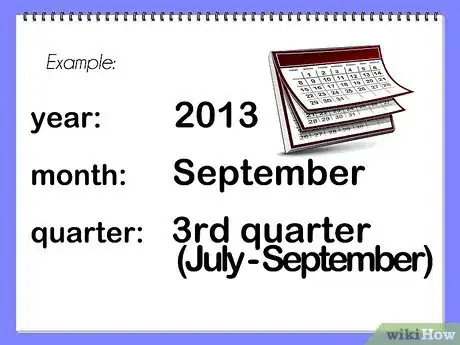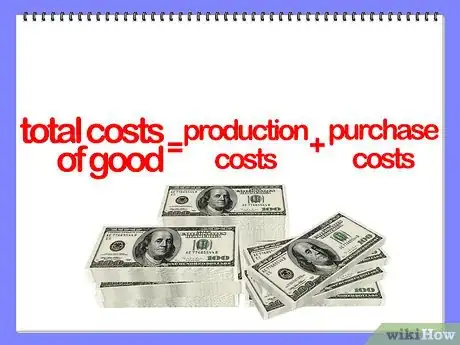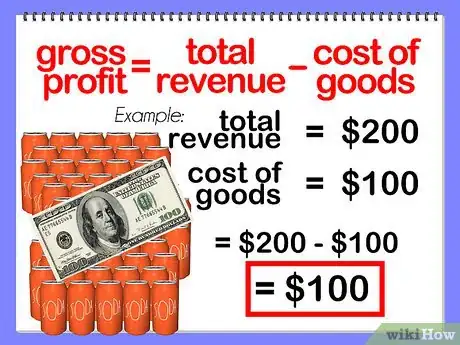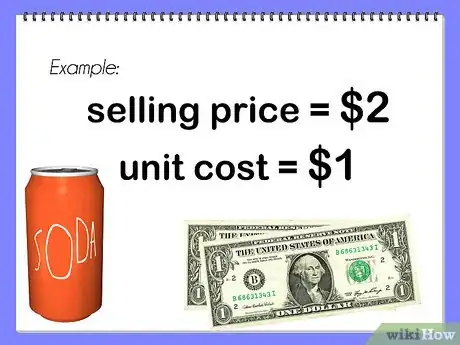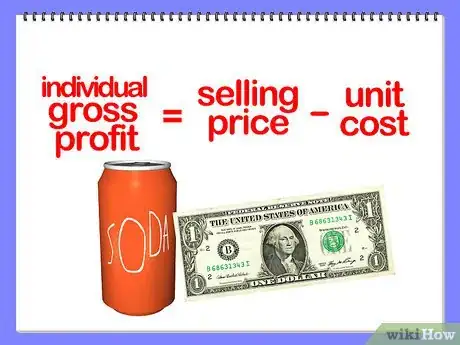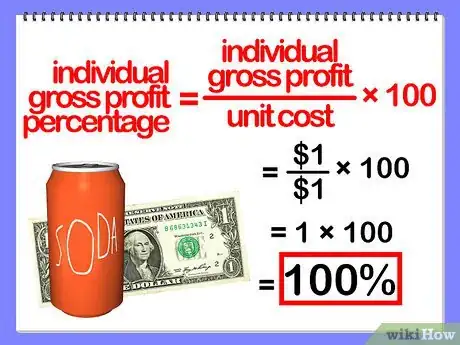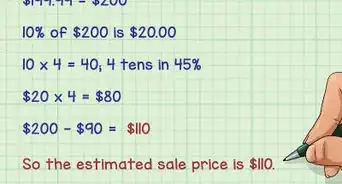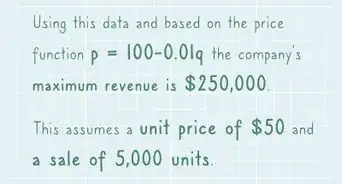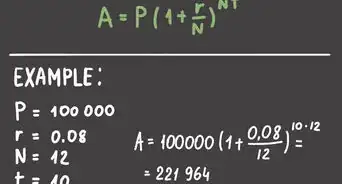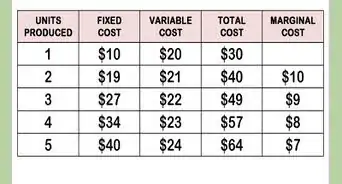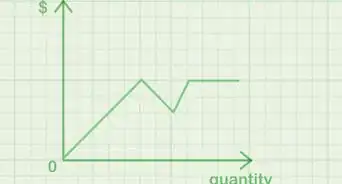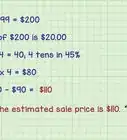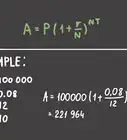X
This article was co-authored by Alex Kwan. Alex Kwan is a Certified Public Accountant (CPA) and the CEO of Flex Tax and Consulting Group in the San Francisco Bay Area. He has also served as a Vice President for one of the top five Private Equity Firms. With over a decade of experience practicing public accounting, he specializes in client-centered accounting and consulting, R&D tax services, and the small business sector.
This article has been viewed 46,140 times.
A margin is a percentage based on sales and production that can be used to assess several aspects of business profitability. You can find out how to calculate the gross profit margin for your business using the method below.
Steps
Part 1
Part 1 of 3:
Income/Cost Data
-
1Gather the data from a period of business operation. This can be for the year, the month or the quarter, but all data should be gathered over the same period of time to achieve accurate figures.
-
2Find the total revenue for the period of time in question. This is your receipts from all sales in the period.[1]Advertisement
-
3Calculate the cost of goods sold. This may include production costs, if you make the products in-house. It may be the purchase price of the goods sold, if you buy them from a supplier.[2]
- Do not factor in taxes, interest or general business expenses. These are not accounted for in gross profit margin, but they are later used to figure out net income derived from the business as a whole.
- If you want to figure out the profitability of several products, you can separate the total revenue and the total cost of goods sold for each product and find individual gross profit margins.
Advertisement
Part 2
Part 2 of 3:
Gross Profit Margin
-
1Subtract the cost of goods sold from the total revenue generated by the goods.[3]
- For example, if you made $200 selling 100 cans of soda and the cost of the goods sold was $100, then your gross profit would be $100.
-
2Divide the gross profit by the cost of goods sold. Multiply the number by 100 to get a percentage, rather than a decimal.[4]
- For example, divide $100 by $100 and the figure is 1. If you multiply it by 100, you get a gross profit percentage of 100 percent.
Advertisement
Part 3
Part 3 of 3:
Individual Unit Profit Margin
-
1Calculate the potential profitability of products by using individual selling prices and unit costs.[5]
-
2Take the cost of an individual can of soda. Subtract it from the selling price of an individual can.[6]
-
3For example, subtract the $1.00 cost of a can of soda from the $2.00 selling price. $1.00 is your gross profit.
-
4Divide the gross profit for a single unit by the cost of that single unit. Multiply by 100 to get the percentage.[7]
- In our example, the gross profit margin is $1.00 divided by $1.00, so we get a profit margin percentage of 100 percent.
-
5Repeat this procedure with several potential products to figure out the most profitable goods for your business.
Advertisement
Things You'll Need
- Sales figures
- Cost of goods sold
- Calculator
- Selling prices
References
- ↑ https://www.accountingtools.com/articles/cost-of-goods-sold
- ↑ https://www.accountingtools.com/articles/cost-of-goods-sold
- ↑ https://www.business.vic.gov.au/money-profit-and-accounting/pricing/calculate-your-breakeven-point-margin-and-markup
- ↑ https://www.bdc.ca/en/articles-tools/entrepreneur-toolkit/templates-business-guides/glossary/gross-profit-margin-ratio
- ↑ https://www.accountingtools.com/articles/how-do-i-calculate-unit-contribution-margin.html
- ↑ https://bizfluent.com/how-4998824-calculate-margin-per-unit-total.html
- ↑ https://bizfluent.com/how-4998824-calculate-margin-per-unit-total.html
- http://www.dummies.com/how-to/content/calculating-the-gross-margin-ratio-for-a-business.html
About This Article
Advertisement
